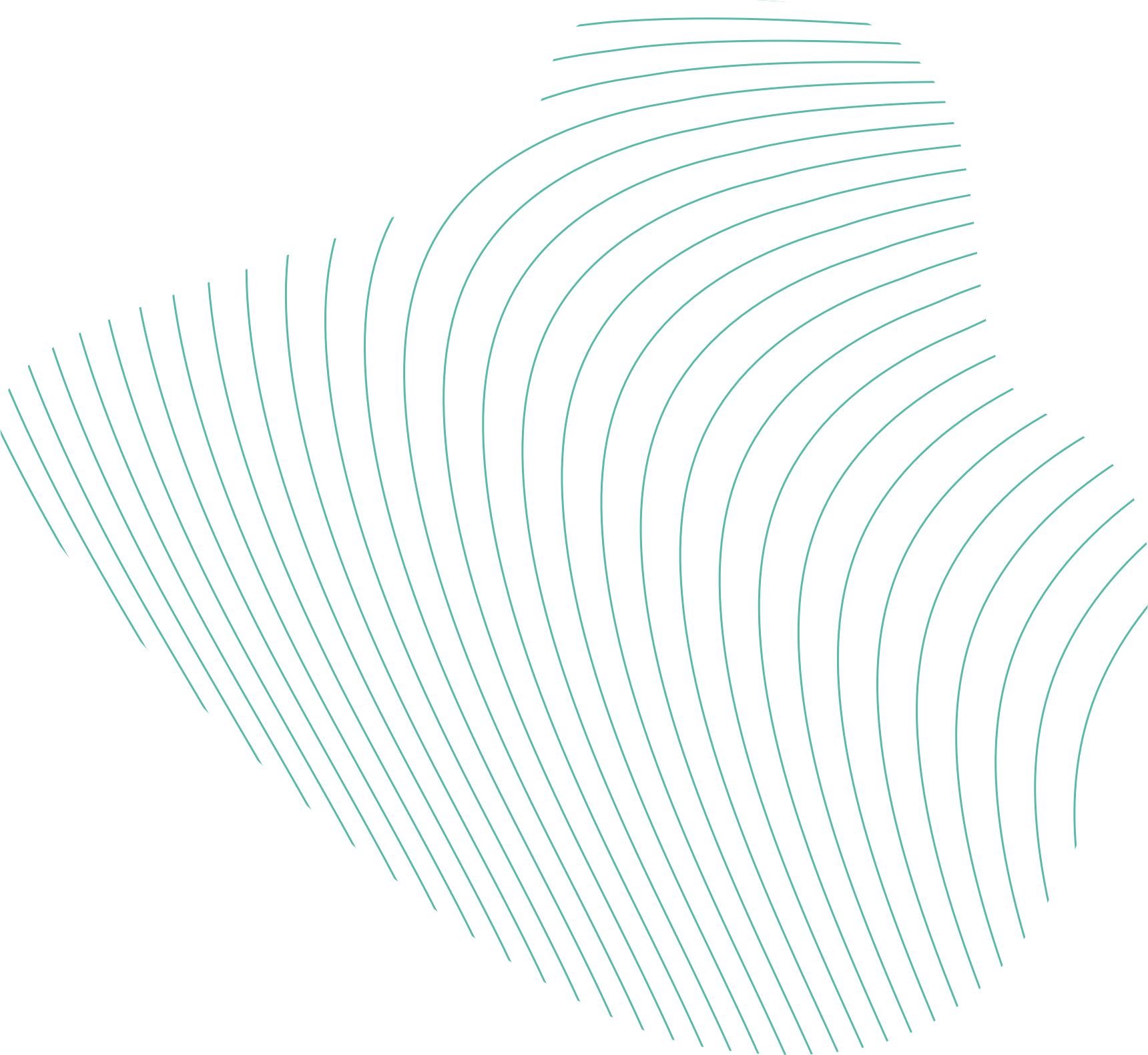


| Power plant location | Duisburg-Huckingen |
| Power plant type | Gas-fired power plant consisting of 2 units |
| Commissioned in | Block A 1975, Block B 1976 |
| Electrical output (gross) | 2 x 320 MW |
| Electrical output (net) | 2 x 303 MW |
| Fuel | Blast furnace gas, coke oven gas, natural gas |
| Flue gas cleaning system | Due to measures on the primary side, flue gas emissions remain below the legal limits |
About the power plant
Since 1 January 2014, the Duisburg-Huckingen plant has been owned by Hüttenwerke Krupp Mannesmann GmbH. It is operated by RWE Generation SE. The power plant is located directly on the banks of the Rhine to the south of Duisburg on the grounds of Hüttenwerke Krupp Mannesmann GmbH (HKM). HKM, one of Europe's leading steel, sheet-metal and pipe makers, produces approximately five million tonnes of crude steel a year. The high-calorific, coke-oven gas emerging in the coking plant as well as the lower calorific value blast-furnace gas produced in large quantities during the metallurgical process are supplied as fuel gases to the Huckingen power plant and utilised to generate electricity and steam. In return, the ironworks (Hüttenwerke) are supplied with power and steam.
Initial synchronisation in 1975
After a construction period of approximately two years, Unit A was first synchronised with the interconnected grid in September 1975. A year later, the duplicate Unit B was commissioned. The units are designed for an electric output of 320 MW each. Originally planned as a power plant to convert the blast-furnace gas into electricity and for output control using natural gas, its remit has changed over the years. Since 1995, the coke-oven gas has been delivered in separate pipes and combusted via separate burners in the steam boiler.
Both units utilised
Between 1998 and 2000, only one of the two units was deployed to utilise the industrial gases. Since the liberalisation of the electricity market, the second unit has been used as a control reserve or to cover peak loads. Since 2002, the steam-boiler systems have been modified to improve their environmental performance, and are now being utilised more thanks to approximately 30% more blast-furnace gas being produced as a result of stepped up steel production. Today, natural gas is only used to power up the system or during short-term disruptions to the blast furnaces or the ironworks and in the event of unusual bottlenecks in power generation.

